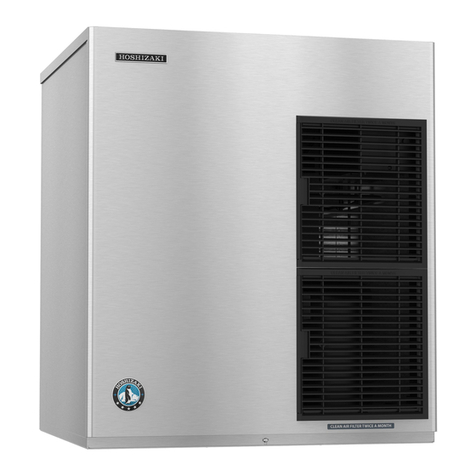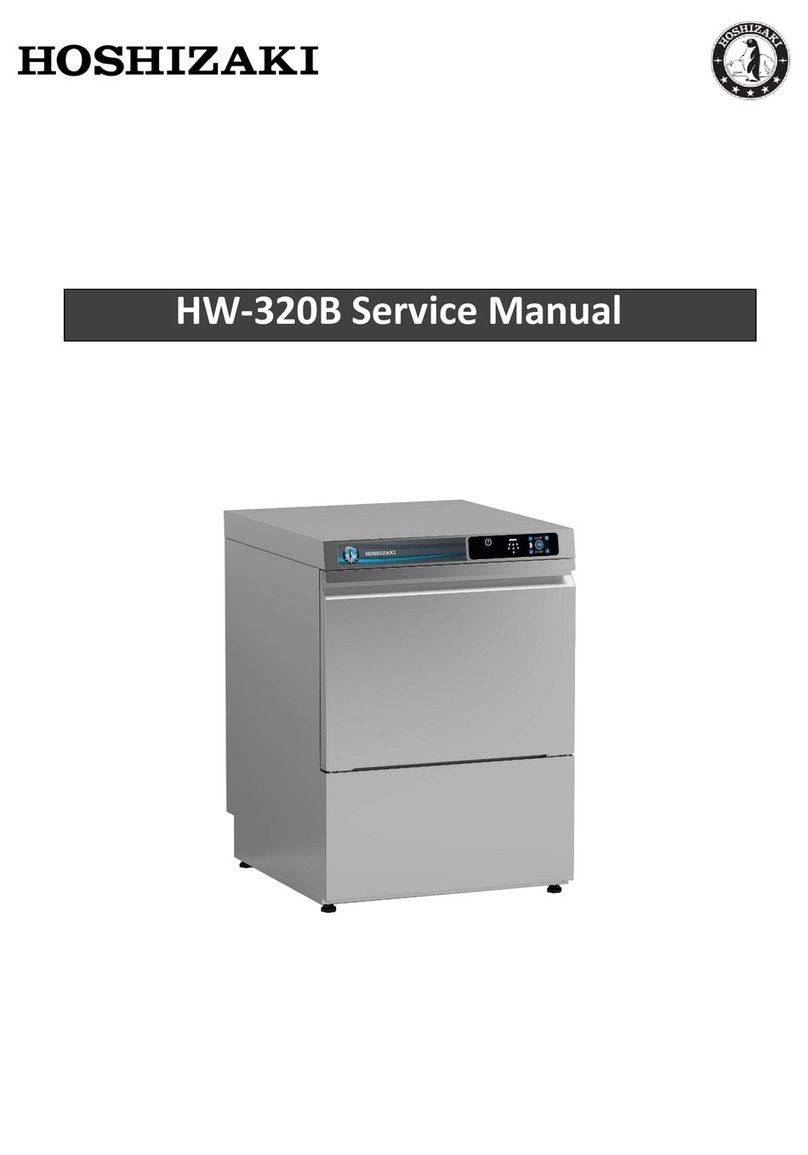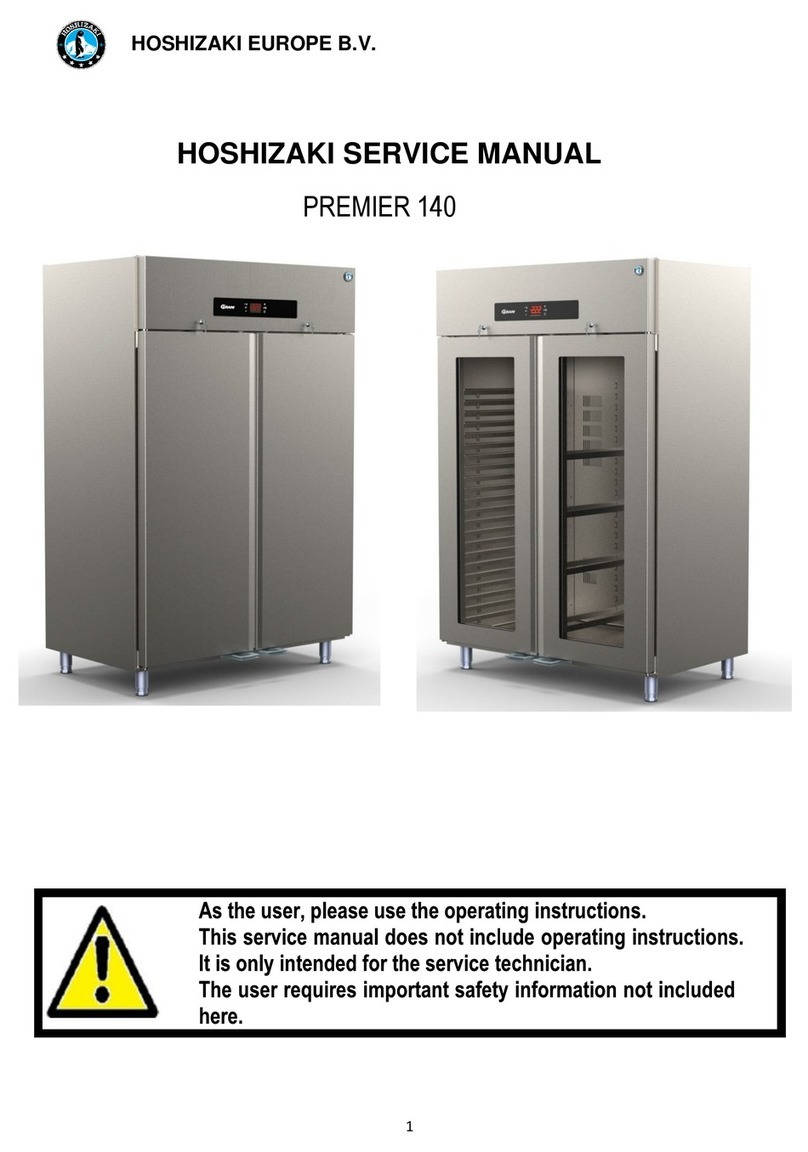Hoshizaki Steelheart UR/WR27B Series User manual
Other Hoshizaki Commercial Food Equipment manuals
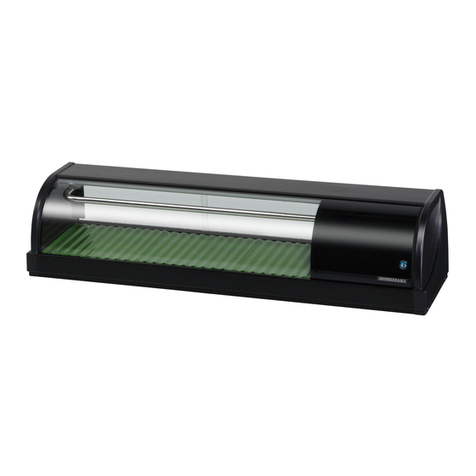
Hoshizaki
Hoshizaki HNC-120BE-L/R-B User manual
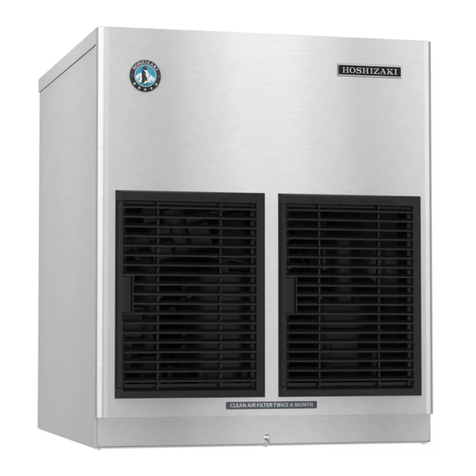
Hoshizaki
Hoshizaki FD-650MAH-C User manual
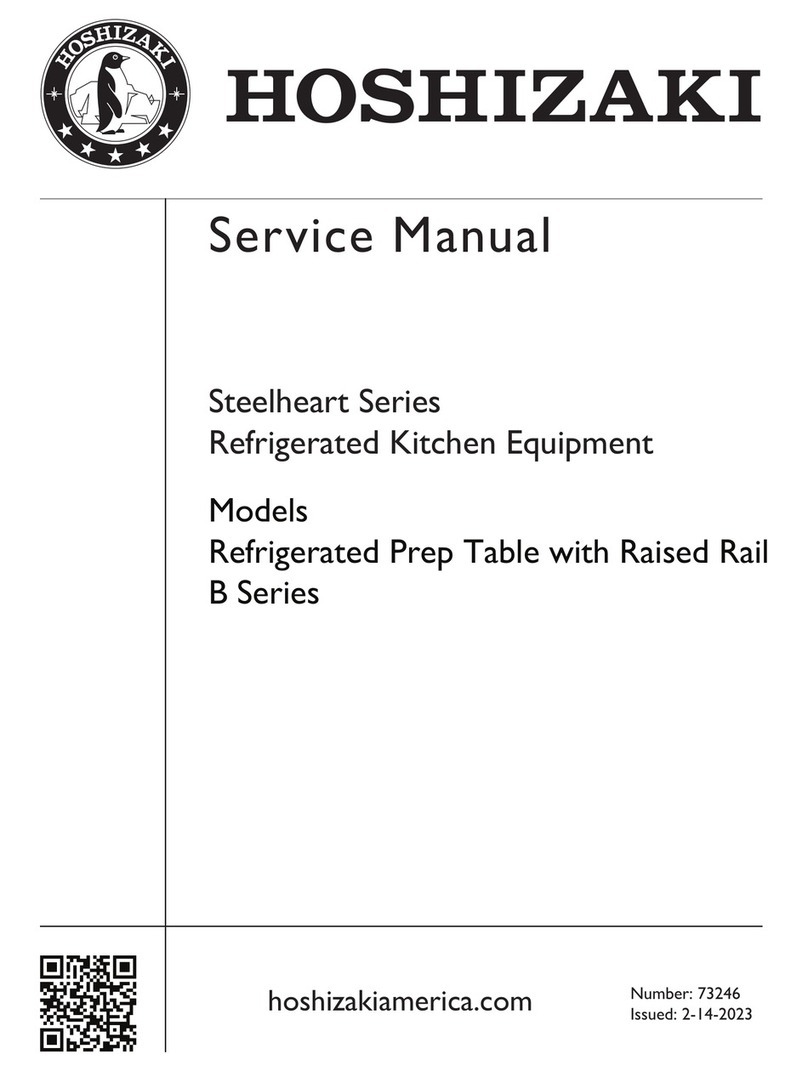
Hoshizaki
Hoshizaki Steelheart Series User manual
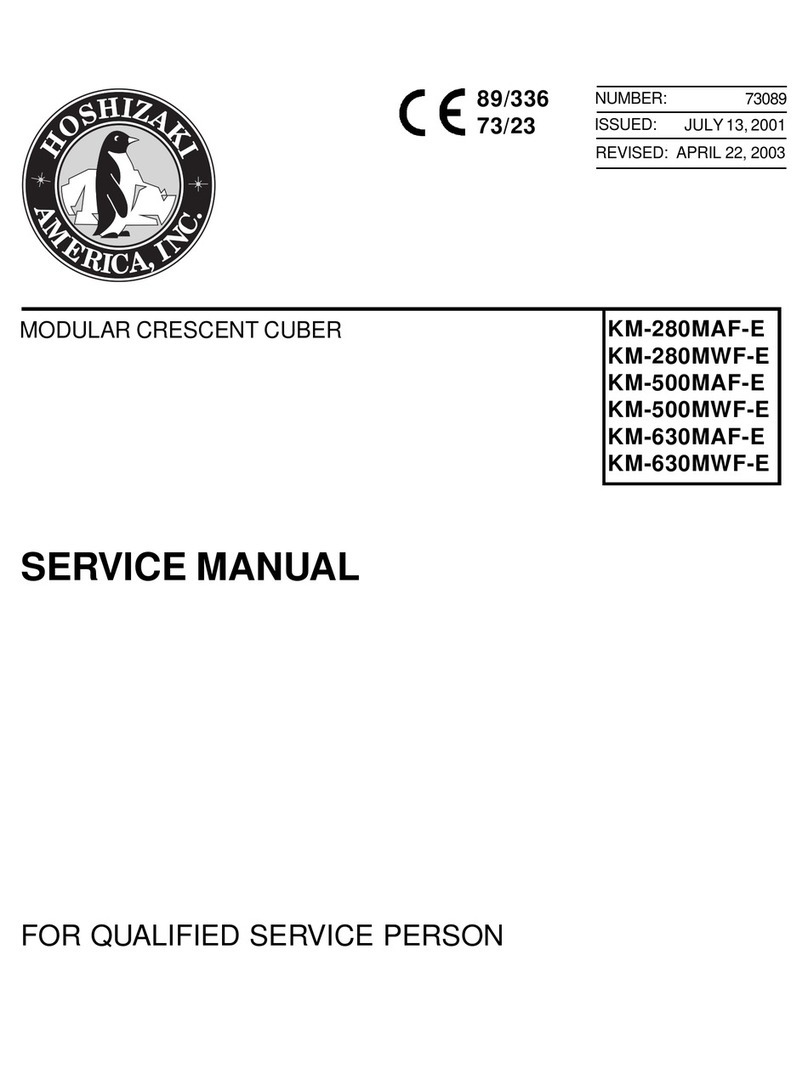
Hoshizaki
Hoshizaki KM-280MAF-E User manual
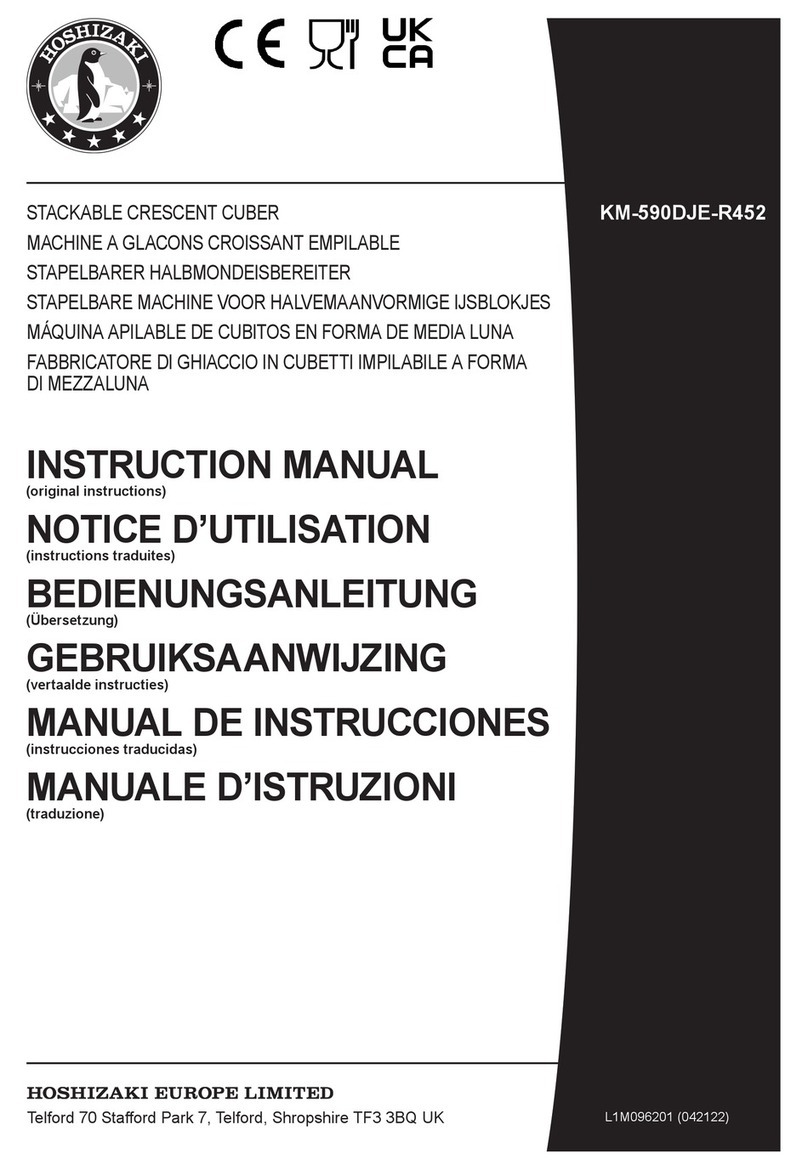
Hoshizaki
Hoshizaki KM-590DJE-R452 User manual
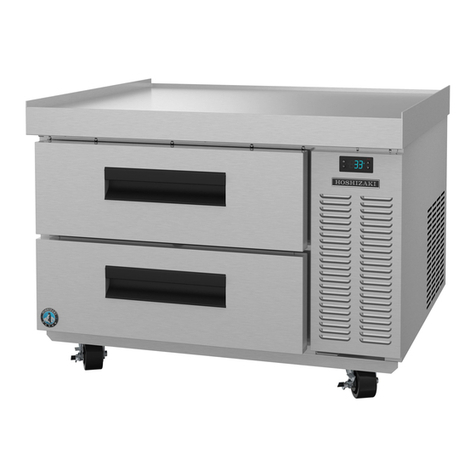
Hoshizaki
Hoshizaki CRES36 User manual
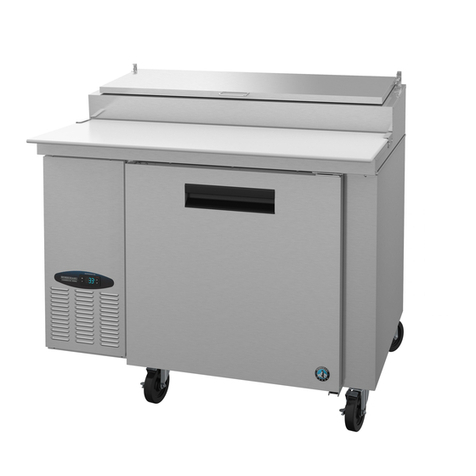
Hoshizaki
Hoshizaki CPT46 Series User manual
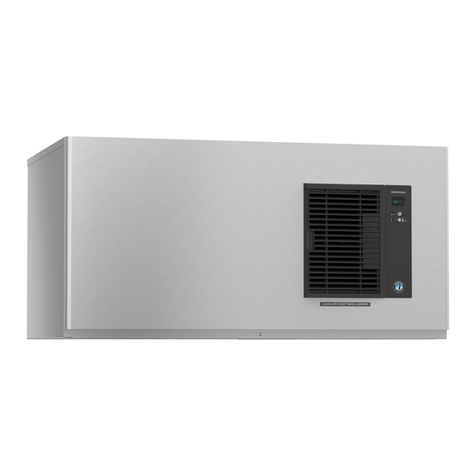
Hoshizaki
Hoshizaki IM-500SAA User manual
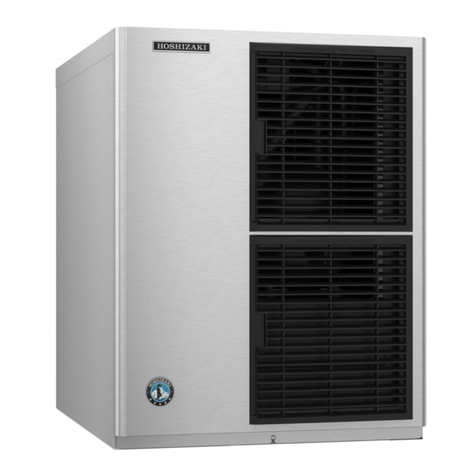
Hoshizaki
Hoshizaki KM-520MAJ-E User manual
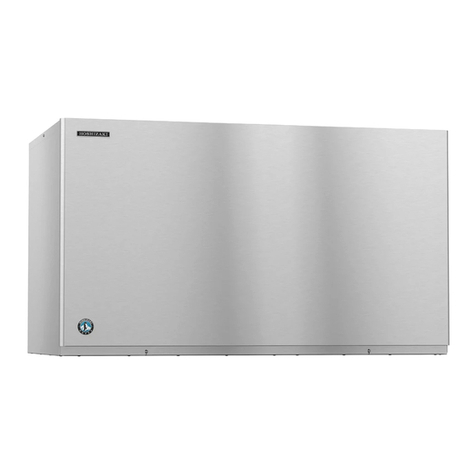
Hoshizaki
Hoshizaki KM-1601SWH User manual
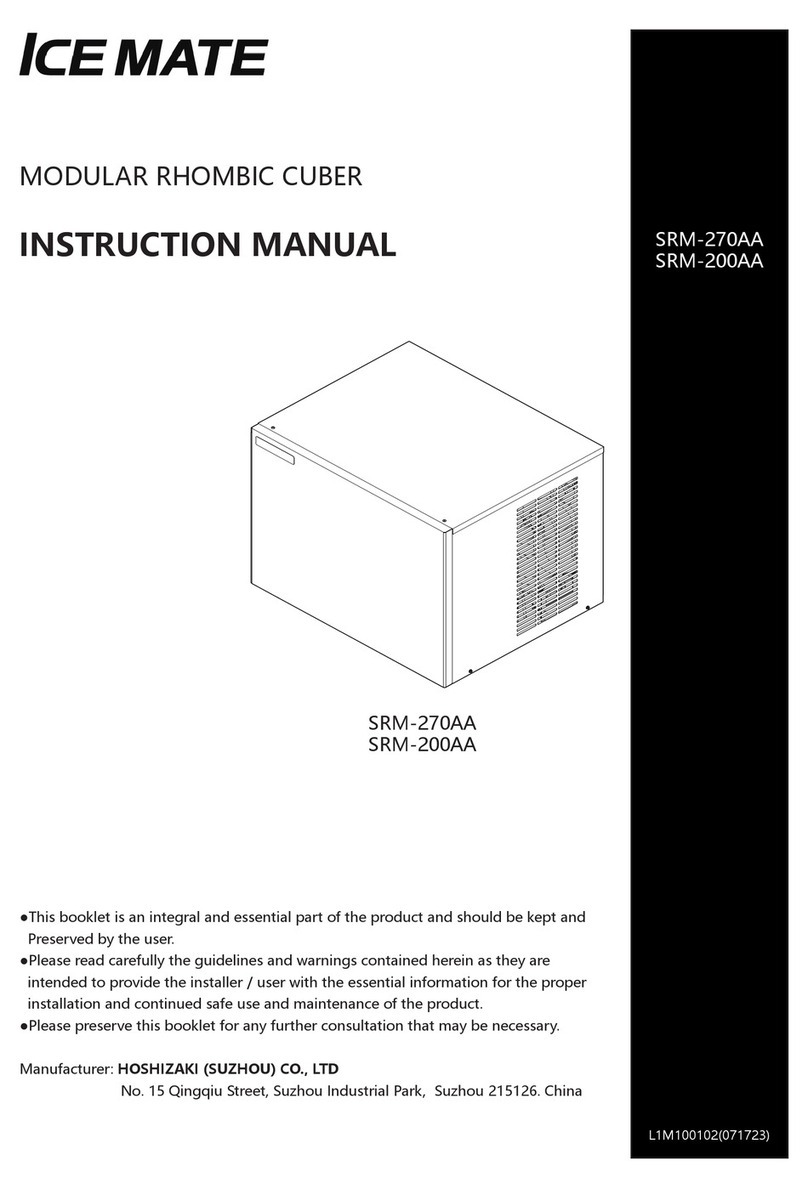
Hoshizaki
Hoshizaki ice mate SRM-270AA User manual

Hoshizaki
Hoshizaki HNC-120BE-L/R-B User manual
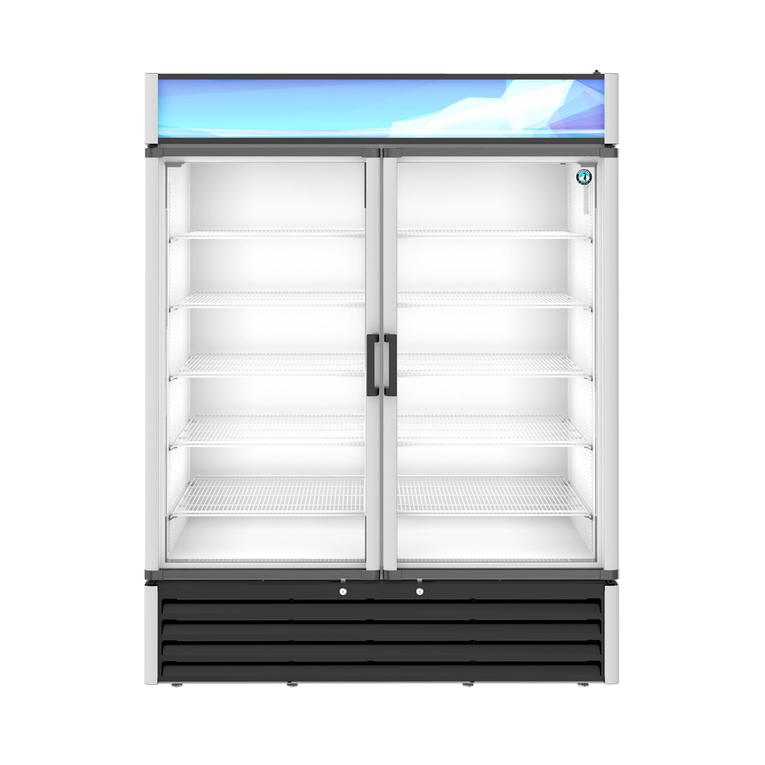
Hoshizaki
Hoshizaki RM-49 User manual
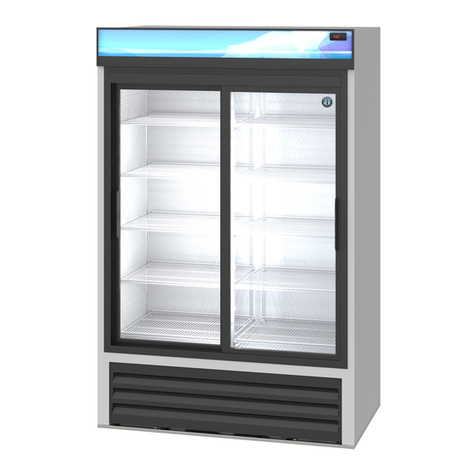
Hoshizaki
Hoshizaki RM-45-SD User manual
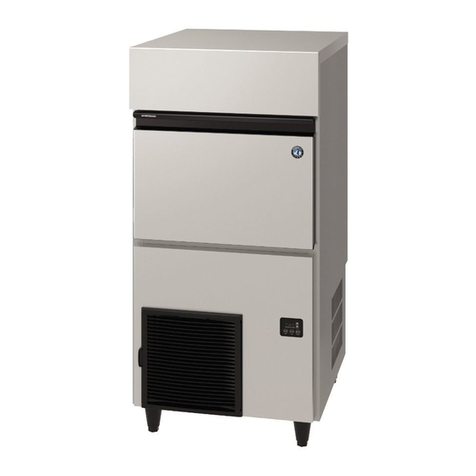
Hoshizaki
Hoshizaki KM-470AJE-R452 User manual

Hoshizaki
Hoshizaki KM-130C User manual

Hoshizaki
Hoshizaki Upright Series User manual
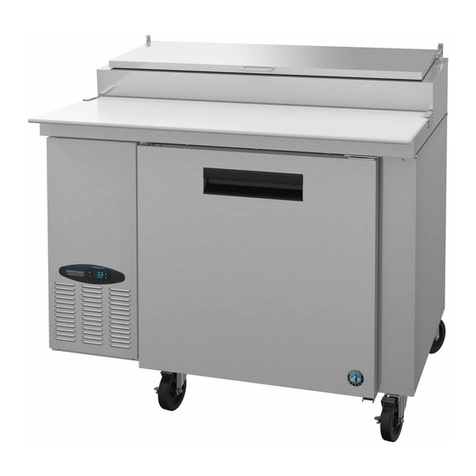
Hoshizaki
Hoshizaki Steelheart PR46A User manual
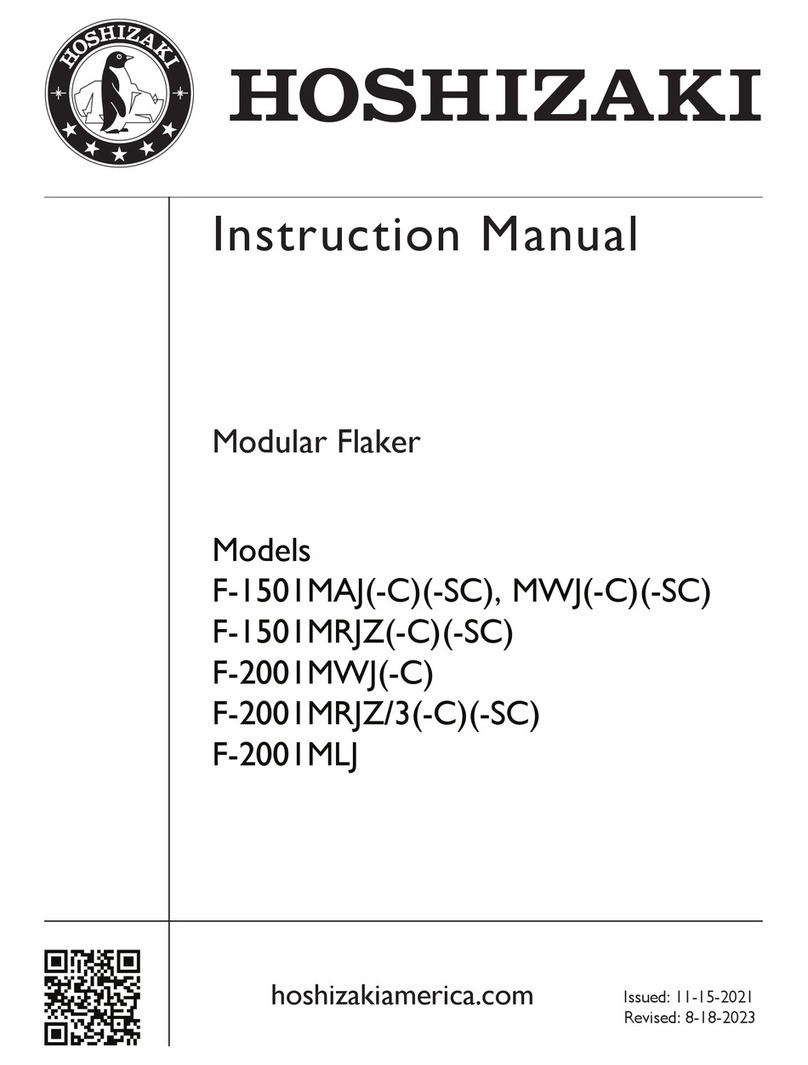
Hoshizaki
Hoshizaki F-1501MRJZ User manual
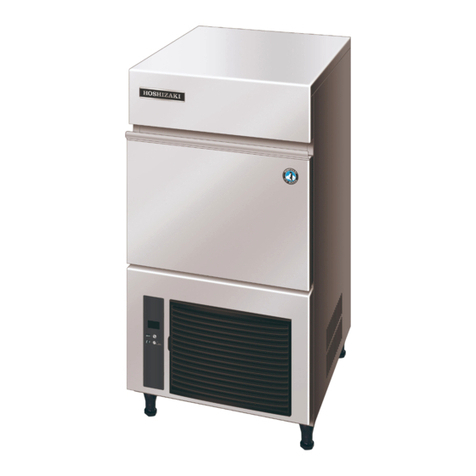
Hoshizaki
Hoshizaki IM-45WNE User manual
Popular Commercial Food Equipment manuals by other brands

Diamond
Diamond AL1TB/H2-R2 Installation, Operating and Maintenance Instruction

Salva
Salva IVERPAN FC-18 User instructions

Allure
Allure Melanger JR6t Operator's manual

saro
saro FKT 935 operating instructions

Hussmann
Hussmann Rear Roll-in Dairy Installation & operation manual

Cornelius
Cornelius IDC PRO 255 Service manual

Moduline
Moduline HSH E Series Service manual

MINERVA OMEGA
MINERVA OMEGA DERBY 270 operating instructions

Diamond
Diamond OPTIMA 700 Installation, use and maintenance instructions

Diamond
Diamond G9/PLCA4 operating instructions

Cuppone
Cuppone BERNINI BRN 280 Installation

Arneg
Arneg Atlanta Direction for Installation and Use
